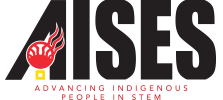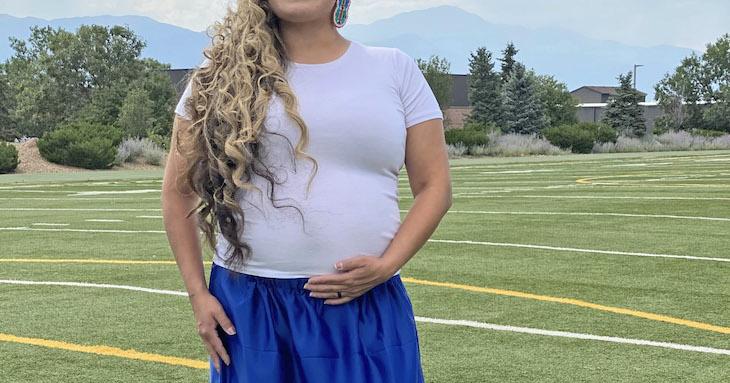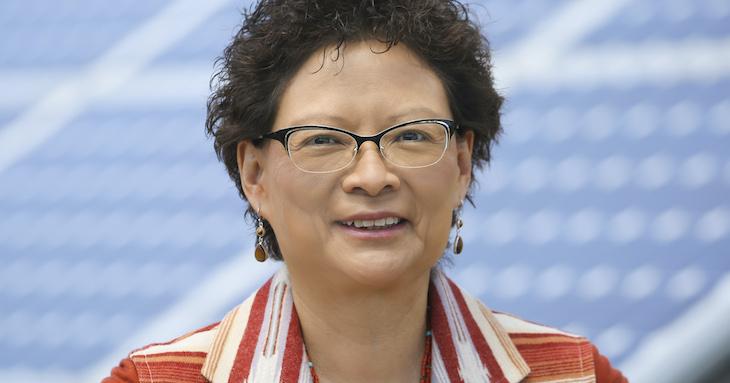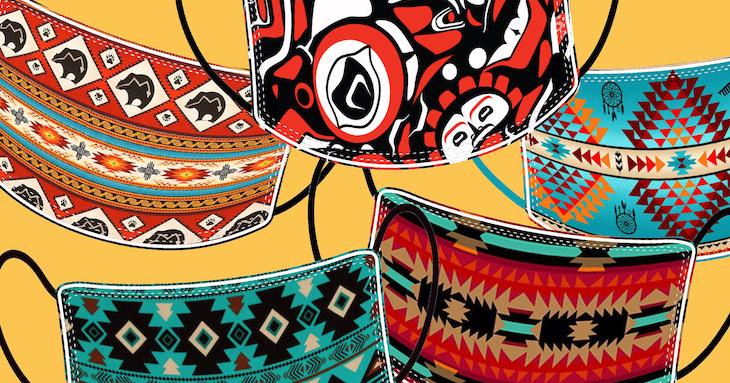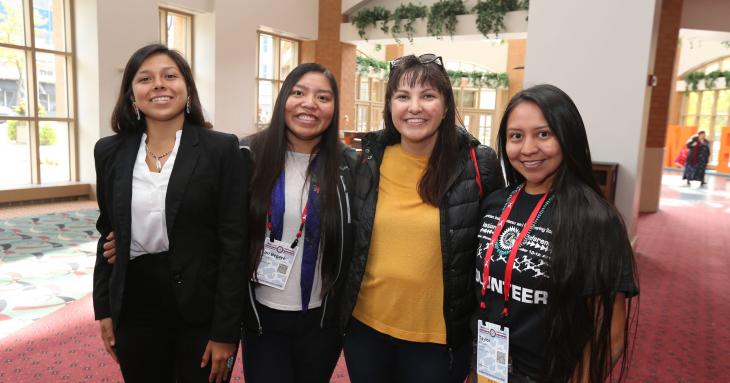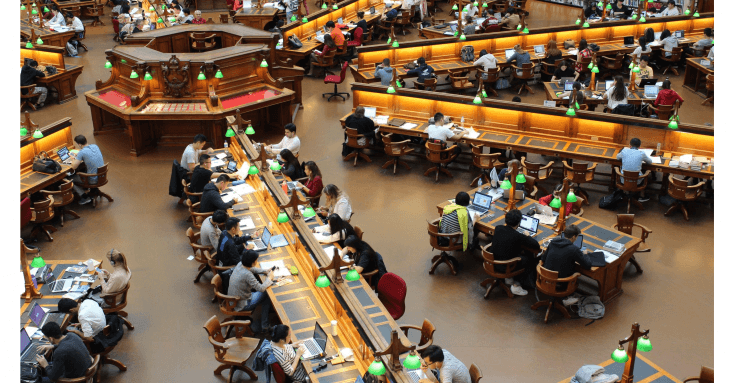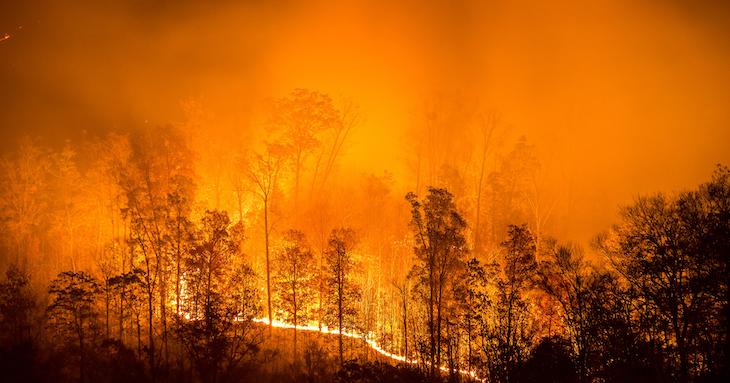-
Dr. Serra Hoagland: 2020 Most Promising Engineer or Scientist / Laguna Pueblo
Though she didn’t know it at the time, Dr. Serra Hoagland’s upbringing put her on a path to becoming the only Native woman with a PhD to work for the U.S. Forest Service. Growing up in Placerville, Calif., a small town west of Sacramento in the foothills of the Sierra Nevada, Dr. Hoagland just knew that she wanted to be outdoors. “My biggest thing was to finish my homework and go outside — that was my goal for the day,” recalls Dr. Hoagland, this year’s winner of the Most Promising Engineer or Scientist Award.
-
Laura Smith-Velazquez: 2020 Technical Excellence Awardee / Eastern Woodland Cherokee
When Laura Smith-Velazquez was eight years old, her parents got her a telescope. The dark sky over Dorr, Mich., made for the perfect laboratory for Smith-Velazquez, an especially curious child. “I was fascinated with the sky,” she recalls. “It was so beautiful and I had so many questions.”
-
Frances Dupris: 2020 Blazing Flame Awardee / Lakota and Arapaho
One of Frances Dupris’ fondest childhood memories is having chicken pox. No, it wasn’t because the illness was fun. Rather, what she remembers with such nostalgia is that having chicken pox meant that she got to spend an extended period of time with her grandmother, Louise Eagle Tail Quick Bear, and great-grandmother, Rebecca Quick Bear, who took care of her while she was sick.
-
Sandra Begay: 2020 Indigenous Excellence Awardee / Navajo Nation
When Sandra Begay was an 11-year-old attending boarding school, she knew she wanted a career in engineering. It wasn’t that she was taking an engineering course in elementary school, but rather it was when she realized there was a problem that could be solved.
-
Brendan Kinkade: 2020 Executive Excellence Awardee / Choctaw Nation of Oklahoma
When Brendan Kinkade was a young kid growing up in Oklahoma and Texas, he wanted to know how things work — a concept he now refers to as “practical physics.” At the time, though, the pursuit of practical physics translated into completely taking apart and then reassembling motorbike engines on his back patio. “Every screw and washer had a place, and if you deconstruct things, you have to know how they go back into place,” says Kinkade. “It taught me to be systematic and process-oriented. And to understand that there are many pieces that make up the whole.”
-
COVID-19 and Indian Country
In late 2019, when Mechem Frashier, Diné, heard about a virulent coronavirus spreading in the city of Wuhan, China, she paid attention. She knew from her decades-long career as a nurse that viruses like this don’t respect borders and that soon it could be in the United States. She was right.
-
AISES USES PAGERAFT TO INCREASE THEIR IMPACT
The American Indian Science and Engineering Society (AISES) is a non-profit organization committed to significantly increasing Indigenous representation among science, technology, engineering and math (STEM) education programs and career paths all across North America. This people group, due to many extenuating factors, has historically been on the outside looking in when it comes to STEM initiatives.
-
Tips for Balancing Your Life on Campus
New to campus or just finding it tough to plan your time? Check out these helpful tips to get your life in balance.
-
Coping With Climate Change: Tribal Communities Are Getting Ready
Indigenous people have long planned for the seasons. Whether storing food for winter, burning strategically to clear debris and ensure continued habitat for both wildlife and humans, or migrating between winter and summer camps, Native people think — and plan — ahead.
-
25 Native STEM Enterprises to Watch: Native business owners and tribes are creating opportunities in Indian Country and beyond
The current national unemployment rate, hovering below 4 percent as of June, gets a lot of attention in the press — and from politicians touting a “great” economy. But the picture is not rosy for all Americans. According to the December 2018 U.S. Commission on Civil Rights report Broken Promises: Continuing Federal Funding Shortfall for Native Americans, approximately 12 percent of Native Americans are unemployed.
Featured Stories
From Winds of Change Magazine and Paths to Opportunities Newsletters

